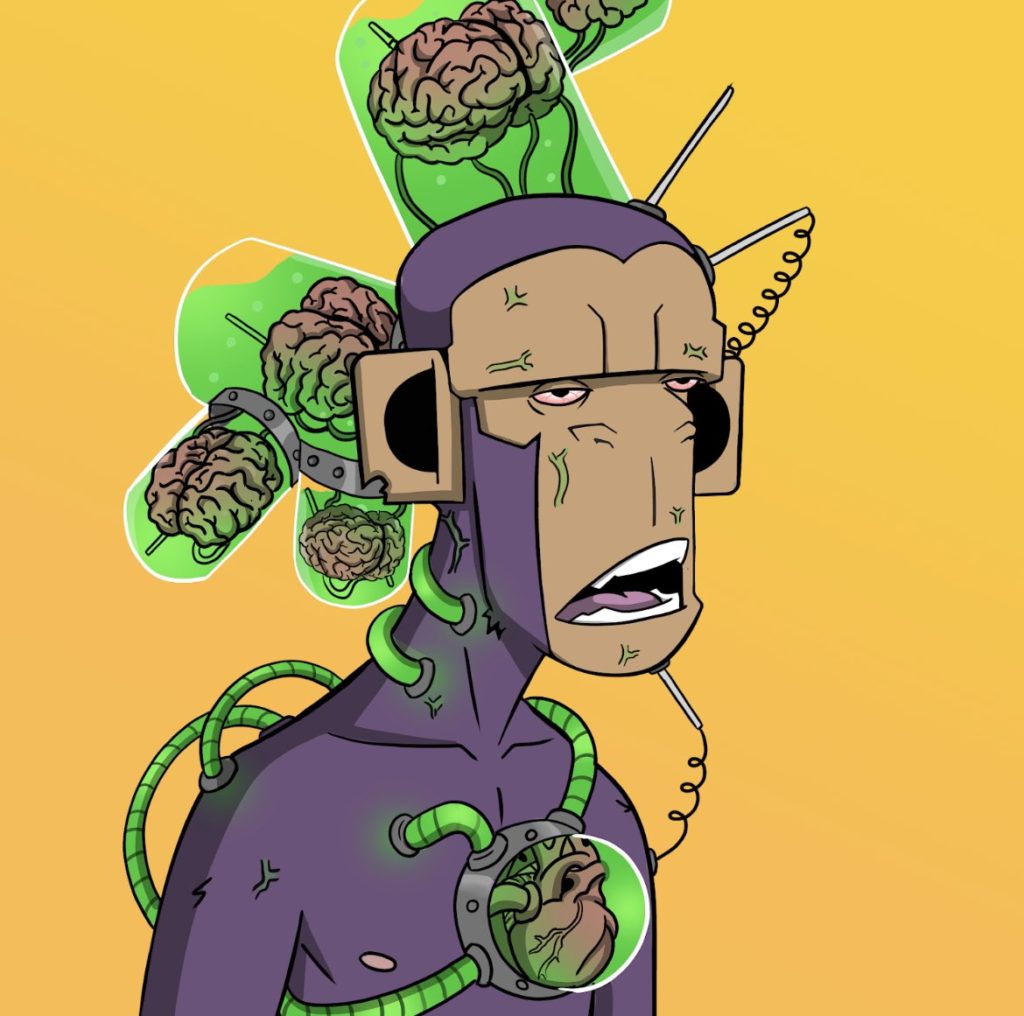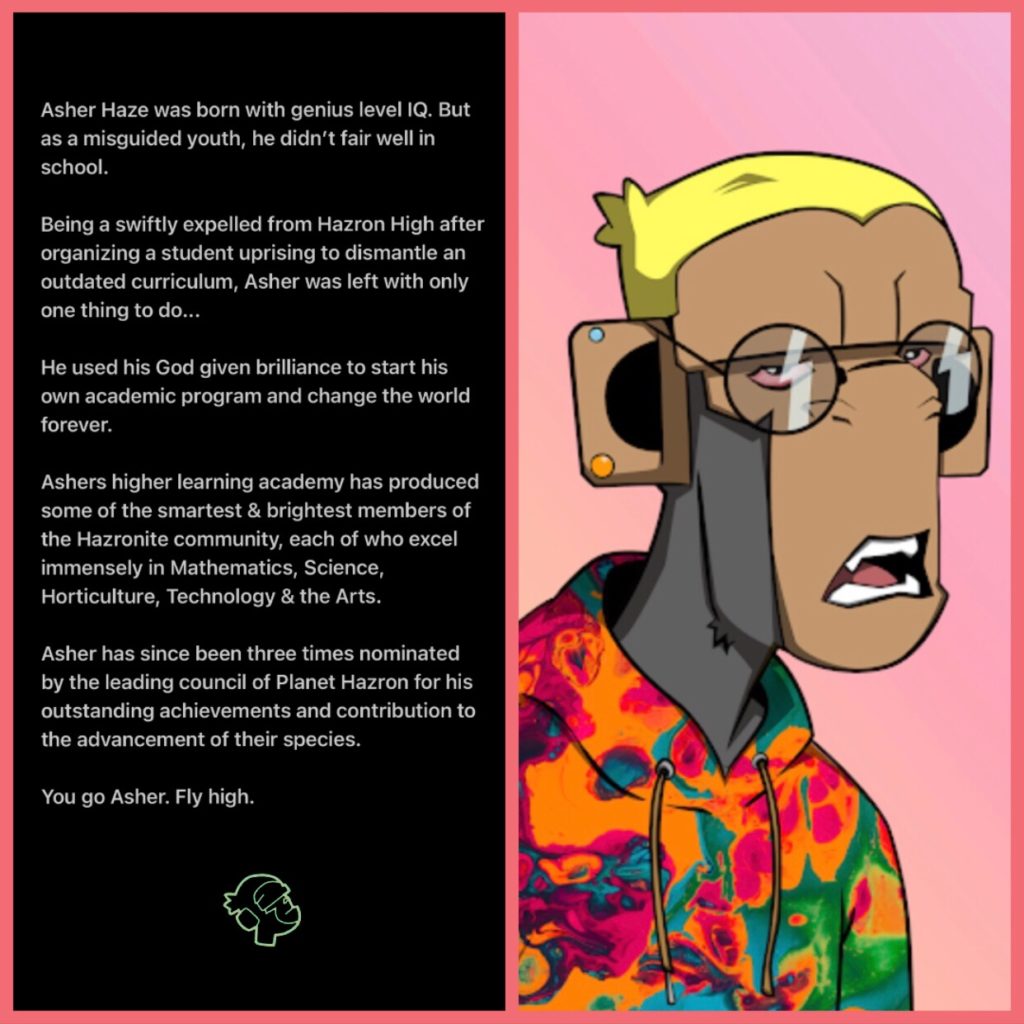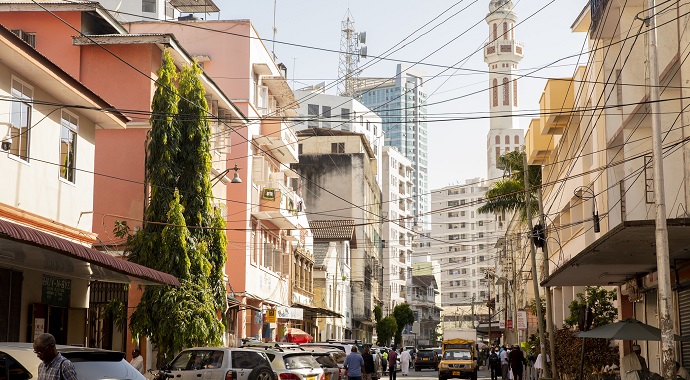“Holy f*ck.”
That was what Beeple tweeted when “Everydays: The First 5,000 Days”, his non-fungible Token (NFT) art and the first purely digital work of art ever offered by a major auction house, was bought for $69 million at Christie’s in March last year. This event didn’t only make Beeple the third richest artist in the world, it ushered in the beginning of a new era for the art world.
While Beeple’s was the most expensive JPEG NFT format, profile-pic NFT (PPF)—NFTs that depict a portrait that can be used as a social media avatar—also hit some record-breaking milestones. For example, Crypto Punk NFTs that were given out for free in 2017 at launch started trading for prices between $480,000 and $1.25 million in January 2021 and, by the end of the year, they wouldn’t go for anything less than $4 million.
Though NFT has been around since 2014, 2021 was the pivotal year for this “novelty and strange” technology. It was the year it broke into the mainstream, disrupting the art world and waltzing its way into the hearts of almost every aspect of pop culture, from music to film to sports and literature.
While all of this was happening, a crop of young and curious African minds have also started to develop an appetite and build an NFT ecosystem on the continent. Although it felt—still feels—like a myth to the broader population, more people had started buying into it. Jacon Osinachi was well on his way to becoming the foremost NFT artist on the continent and, arguably, the world. Anthony Azekwoh would soon create and sell his first NFT “The Red Man”, one of the most popular NFT pieces out of Africa. Zimbabwean Nyasha Warambwa’s “We’ll Meet Again”, a digital art of late African-American entertainment and sports stars—DMX, Kobe Bryant, Aaliyah, Chadwick Boseman, Tupac Shakur, and Nipsey Hussle—would soon be picked up and displayed on a billboard in New York’s Times Square.
Somewhere in Abuja, Nigeria, is Peace Ojemeh 24, a Nigerian product designer and an Open Source advocate, who, like everybody else, is trying to understand the “insanity” around this technology, the reason anybody would spend millions of dollars on something intangible—something they might never touch physically.
While Ojemeh was still making sense of this, the original copy of “Disaster Girl”, a viral photo meme of a girl smirking as a fire roared behind her, sold for $500,000 (180 ETH at the time).
“Reading about Disaster girl, a meme I casually use in my WhatsApp chats with friends, selling for such a ridiculous amount of dollars, was an awakening. I just knew I had to get in on NFTs,” Ojemeh told TechCabal.
But judging from Ojemeh’s journey, this could have been all talk. That wasn’t the first time Ojemeh would get excited about crypto and its related ventures. In 2017 and 2018, she had planned to buy her first ethereum (ETH) but ended up not going through with it.
When she finally did something in the space, it was a disaster. She bought edcoin, a crypto token from a Nigerian blockchain company Edmark. She even convinced her mother and uncle to invest in it but a few months after, while ETH ballooned into over $1,000, Edcoin started dropping in value.
By 2020, it was obvious edcoin wasn’t going anywhere so she began to think of how to flip this seemingly bad investment into a lucrative one. She withdrew her investment from edcoin into ETH and then into e-gold and some other coins that yielded positives. This experience exposed her to the slippery world of crypto and the learnings from it shaped how she approaches crypto today.
Founding Haze Monkey Society
So instead of going right into NFTs after the “Disaster Girl” news, Ojemeh decided to learn about the industry, and invested in some NFTs to have access to their communities to understand how they function and are being managed. By the time she gathered enough knowledge, she reached out to her friend Alabo Briggs, 22, a blockchain engineer, about building their own NFT collection. Having done some work in NFT prior that time, Briggs got on board quickly.
With a bold ambition to build a strong and important community like Crypto Punk and Bored Ape Yacht Club (BAYC) had built, the duo hit the ground running without looking back.

So, in August, while Pablo Stanley, one of the most respected product designers and doodlers in the world, was launching Robotos, a 10,000-robot NFT collection, and selling out, Ojemeh and Briggs started building a collection of stoned monkeys they would call Haze Monkey Society.
Haze Monkey Society was launched as a collection of 4,200 NFTs focused on building a no-code platform aimed at empowering NFT creators and artists and making an environmental impact in Africa.
“Because we didn’t want to reinvent the wheel, we needed to associate ourselves with a successful project while not being a complete replica. So with the success of BAYC, we chose to identify as monkeys,” said Ojemeh. “Haze indicates the weed-smoking culture among creatives. It’s also an inspiration behind our unique number: 420.”
Haze Monkey has unique and rich storytelling built into each of its NFTs.
A thoughtful roadmap
One of the things that determines the success of an NFT project is its community. And what makes a community thrive is the utilities, the benefits, that come from holding such NFT. Ojemeh and Briggs know this, and that’s why they spent a lot of time deliberating on their roadmap.
“We don’t want to just sell NFTs, we are keen on finding a way to provide value to Haze Monkey’s holders,” said Ojemeh, who also consults for the United Nations, the International Telecommunication Union, and the African Union on a project that exposes technology as a career path to girls across African countries.

Besides access to an exclusive social community, there are 3 major benefits on Haze Monkey’s roadmap. One of them is the no-code platform which Ojemeh said was born out of creating an environment where people don’t need deep tech knowledge to harness the blockchain technology.
The next one is the animation series about Haze Monkey’s unique stories where holders and community members will be characters. Lastly, the duo, having been born and bred in Port Harcourt, Nigeria, where petroleum exploration in the area continues to pollute their water and atmosphere, decided to include something personal to them: they want to plant 100 trees somewhere in Africa for every single NFT minted.
A learning curve that led to a new direction
About 10 days before Haze Monkey NFTs would start its public minting in February, the team behind the project launched a countdown campaign and daily Twitter space discussion, where the community would come together, ask questions, calculate the societal impact of the project and, most importantly, the fortune it promises.
The minting calendar had been set; the public minting price was set at 0.08 ETH at a maximum of 4 NFTs per address and the presale price for those who had been whitelisted after performing some tasks or winning giveaways was pegged at 0.06 ETH at a maximum of 2 NFTs.
In one of those Twitter Spaces, a community member with a monkey avatar and a Mexican accent asked what would happen if the collection did not sell out within the opening week. For a few seconds, there was silence and one could tell he’d ask an unexpected question. It was obvious the team hadn’t considered this.
“Well, the plan is to sell out, but in a situation where we don’t the community will decide what to do,” answered Ashlei, one of the US-based community managers who was moderating the space.
Before the countdown campaign started, Haze Monkey had gathered over 5,000 organic social followers and over 6,000 Discord community members from across the globe. The project had also been listed and verified on 7 of the largest NFT platforms—NFT Calendar, NFT Drop, NFT Evening, Coin Market Cap, Rarity, Next Drop, NFT Genie, and Rarity Sniper.
With this increasing traction at zero marketing budget, the possibility of not selling out was out of the question. But Haze Money did about 20%. Among other factors, this could be attributed to the recent scare of stolen NFTs that was happening on OpenSea, the biggest NFT marketplace in the world.
However, the slow movement couldn’t deter the team as they’ve quickly started looking for new strategies. They are currently iterating their roadmap to suite the new reality and as a result, the community has agreed to reduce the amount in circulation.
“As a request from the community, our genesis collection was cut down to 1,242 with a vision of releasing the rest over time,” Ojemeh told TechCabal.
She also mentioned that the community had initially agreed to cap volume at 1, 000, but because of how significant 420 is to the project and its weed-cultured monkeys, the number 1,242 was chosen.
Haze Monkey is now a collection of 1,242 NFTs.
Though built by Africans in Africa, Haze Monkey has already positioned itself as a global brand. In its Discord group, the project has about 5 different channels for people who can’t speak English. Its team members are also from across the world.
There is an increasing number of African women venturing into the NFT scene, minting and selling their own NFT, but there’s none building a collection of NFT at the scale that Ojemeh and her team are doing.
Ojemeh believes that as they continue to build on the genesis collection and iterate their roadmap to benefit their community, there’s nothing stopping Haze Monkey from becoming one of the most valuable NFTs in the $80 billion industry — and that their “holy f*ck” moment will soon come.




















